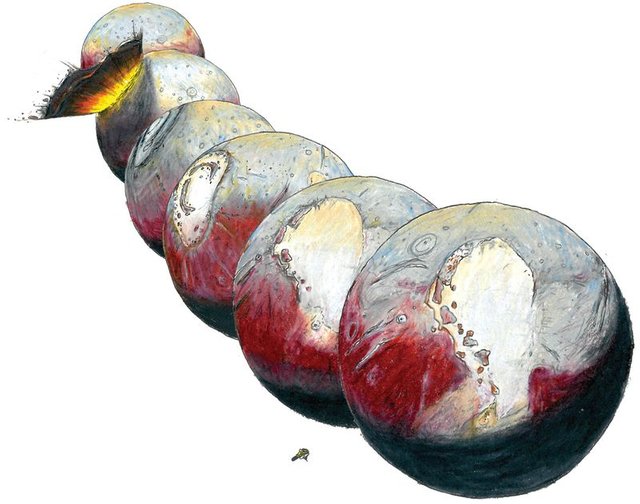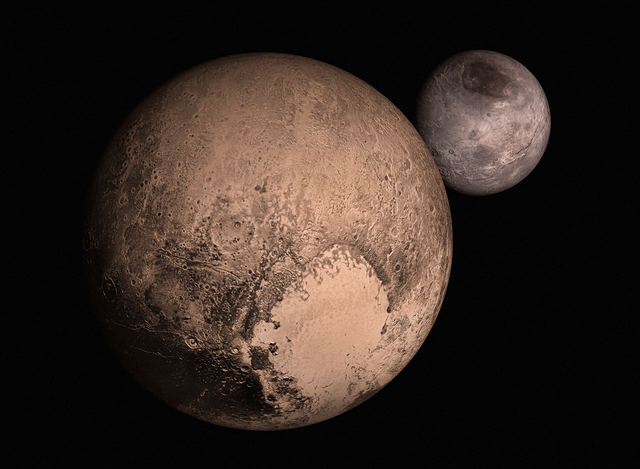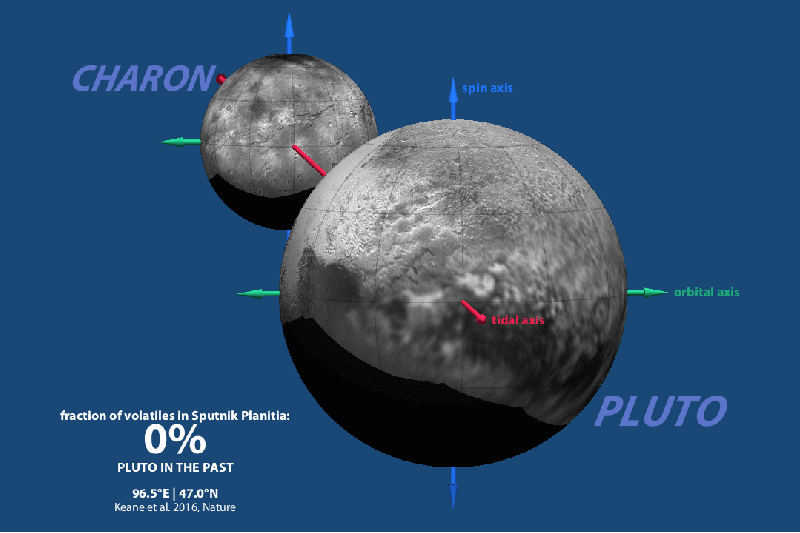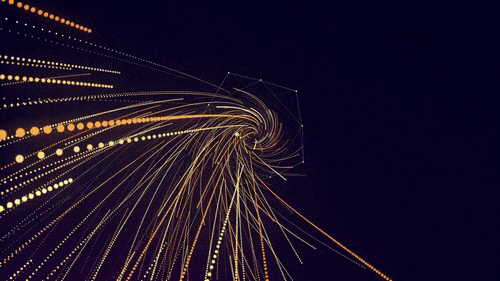Pluto's Frozen Heart: 10 Million Years Before Meeting With People
Scientists don't stop to argue whether Pluto is the 9th planet in our solar system, or it should release the title for some more serious space object. Indeed, in comparison with other celestial bodies Pluto is very much a baby, he is even smaller than our Moon (his area is about 18 million sq km – slightly larger than the area of Russia, while the area of the moon is almost 38 million). Pluto is generally less than all known moons in the solar system. But since Pluto has its own satellites and atmosphere, most astronomers decided to stay at the rank of "dwarf planet".
But for us, ordinary citizens, it is not important, because Pluto won our love immediately after the publication of the first images from "New horizons" in the summer of 2015, when we opened Pluto’s “Heart”. Maybe he is the smallest planet, but he is the most "romantic" and cute planet.

image source
This "spot" unusual shape called Sputnik Planitia, and it's young by the standards of the universe, about 10 million years and Its width is 825 km. The whole area is filled with ice, in fact it's a slow sea of ice, which is constantly moving within the borders of the heart, in some sense is beating.
To put this in Earthly perspective, it would be as if a crater obliterated everything between Mexico and Canada, from California to North Carolina — aka, the majority of the United States.
Scientists were immediately interested in such an unusual visual feature of the planet, and with the help of pictures began to investigate how heart appeared, and why this area is so different from the rest of the Pluto’s surface.
The main hypothesis reads as follows: Billions of years ago, a certain object, moving with great speed, crashed into the surface of Pluto, leaving a huge impact crater, which took almost 1/3 of the planet's surface. The crater has become a kind of trap for ice, a place where glaciers from all over the world were gradually accumulated. Thus formed a huge ice ocean, the form of which reminds us heart.

image source
Initially, scientists thought that the crater was completely filled with nitrogen and methane ice (they are a volatile ice, which much lighter than water ice). But studied in detail the interaction of Pluto with his main satellite Charon, they realized they were wrong. The fact that Charon and Pluto Always face each other on one side, and they are at the same tidal axis.

image source
In simple words, it means that all the ice must be located in the place where the gravity of Charon is maximum. ie heart of Pluto should be on the opposite side of the planet (on the side facing Charon), and not where it is now.
So there was the theory that the ocean is not made up entirely of ice, it covered only the surface of the heart, under which there is liquid water, very salty, rich in nitrogenous compounds and therefore very heavy, much heavier than flying ice over it. The thickness of nitrogenous ice above the water can reach 7km. In the beginning, the crater was on the part of Charon, but it gradually accumulated a critical mass of heavy ice and water, and according to the gravitational mechanics Pluto just rolled over under the change of center of gravity.

After passing a certain angle he was unable to return to its original position (heart is closer to Charon), but on the contrary continued to unfold his heart to the opposite center of the tidal axis. Thus, Pluto's heart will always remain on the visible side, and it will never be hidden by the planet's satellite.
Millions of years Pluto was preparing to show us his heart, being in a 3.67 billion miles from Earth. It is a great luck to see such a small miracle in the endless Universe.

sources: Pluto’s Heart Has Been Broken for Billions of Years, Pluto WiKi, New Horizons NASA's Mission to Pluto, Under the Pluto's heart, Reorientation and faulting of Pluto due to volatile loading within Sputnik Planitia.
